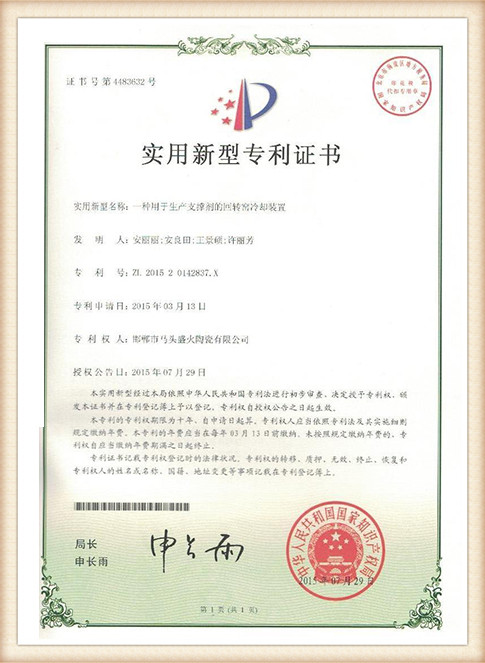Understanding Foundry Sand Prices Factors and Trends
Foundry sand is a critical material in the metal casting industry, playing a vital role in producing high-quality castings. As the demand for metal products continues to rise, understanding the pricing dynamics of foundry sand becomes increasingly important for manufacturers. This article delves into the factors influencing foundry sand prices and the current trends shaping the market.
What is Foundry Sand?
Foundry sand is a high-quality silica sand used to make molds for casting metals. Its unique properties, including high strength, thermal stability, and the ability to withstand high temperatures, make it an ideal choice for manufacturers. Typically, foundry sands are classified into two types natural sand and synthetic sand. Natural sand is harvested directly from the environment, while synthetic sand is engineered to meet specific requirements.
Factors Influencing Foundry Sand Prices
1. Raw Material Costs The primary component of foundry sand is silica, which is mined from various locations. Fluctuations in raw material costs due to demand, mining regulations, and accessibility directly impact the price of foundry sand. For instance, if the extraction of silica becomes more expensive due to regulatory changes or limited mining sites, these costs can be passed on to manufacturers.
2. Demand from the Casting Industry The demand for foundry sand is closely tied to the growth of the metal casting industry. An increase in demand for automobiles, machinery, and consumer goods can lead to a spike in foundry sand prices. Conversely, during economic downturns, the demand may decline, leading to a drop in prices.
3. Transportation Costs Foundry sand is often transported over long distances, and fluctuations in fuel prices can significantly affect transportation costs. When fuel prices rise, transportation costs increase, further influencing the price of foundry sand.
foundry sand price

4. Quality Standards Different casting applications require different grades of foundry sand. Higher quality sands that meet stringent requirements tend to be more expensive. Manufacturers may need to invest in high-quality sand to ensure the performance and durability of their products, affecting the overall cost.
5. Environmental Regulations As environmental concerns grow, regulations surrounding the mining and processing of foundry sand are becoming stricter. Compliance with these regulations can lead to increased production costs, which may reflect in the pricing of foundry sand.
Current Market Trends
Currently, the foundry sand market is experiencing significant changes. The automotive sector, a major consumer of foundry sand, is gradually transitioning towards electric vehicles (EVs) and lighter materials. This shift is likely to reshape demand patterns and introduce new requirements for foundry sand in terms of performance and environmental impact.
Additionally, the rise of sustainable practices in manufacturing is prompting foundry sand suppliers to explore recycled sand options and alternative materials. This trend toward sustainability may create new pricing dynamics as producers seek to reduce their carbon footprint and appeal to environmentally conscious buyers.
Conclusion
Understanding the pricing of foundry sand involves analyzing a multitude of factors, including raw material costs, demand fluctuations, transportation expenses, quality requirements, and regulatory compliance. As the foundry industry adapts to changing consumer preferences and environmental standards, these factors will play a crucial role in shaping the future landscape of foundry sand prices. Manufacturers must stay informed about these trends to navigate the complexities of the market effectively.
Post time:Oktoba . 20, 2024 22:41
Next:Understanding the Properties and Applications of Sintered Sand in Manufacturing
